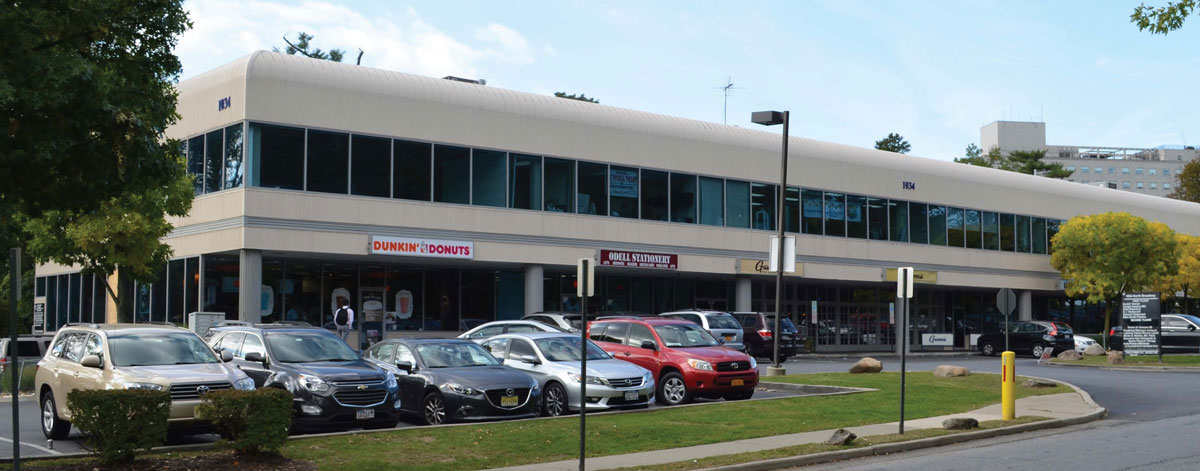Simone Development Acquires Mixed-Use Retail/Healthcare Property at 459 East 149th Street for $32 Million
BRONX, NY (April 2022) — Simone Development Companies the leading Bronx-based developer, has purchased Triangle Plaza Hub, a 50,000 square-foot grocery anchored retail and medical office condominium in the Bronx’s Mott Haven neighborhood for $32 million from Triangle Equities.
Steven Rutman, Rob Hinckley, Karl Brumback, Andrew Scandalios and Madison Warwick of JLL represented the seller in the transaction.
Located at 459 East 149th Street, Triangle Plaza Hub features a healthcare and food-centric tenant-mix anchored by Fine Fare supermarket and Sun River Health. Other tenants at the property include DaVita, Dunkin, Boston Market and VistaSite Eyecare. The LEED certified complex was built in 2015 and is 97% occupied, with just 1,522 square feet available for rent. Metropolitan College of New York occupies 26,000 square feet at the property under separate ownership.
“Simone Development is extremely excited to add this mixed-use property to our portfolio. Supermarket and healthcare anchored centers provide essential services to the neighborhood that work well together and these assets proved to be extremely durable investments during the pandemic,” said Joseph Simone, president of Simone Development Companies. “Located in one of the Bronx’s fastest growing neighborhoods, Triangle Plaza Hub provides essential healthcare and retail amenities to the community.”
Triangle Plaza Hub is situated on a prime corner in a highly trafficked neighborhood and located within a three-minute walk of the 149th Street station serving the #2 and #5 subway lines. The property’s on-site parking offers tenants and customers convenient accessibility.


